#167 September Status Report
September 14, 2021
This month’s report is about a new project in work at EnterTRAINment Junction (EJ). For the Christmas holidays, certain buildings on the EJ layout are replaced with items more representative of the holiday spirit. One of the buildings in the Modern City will be temporarily replaced by an ice-skating rink, complete with ticket booth, concession stand, and other relevant and interesting décor items. Part of this project is to make skaters move “realistically” on the rink’s ice. That’s the subject for this month’s report, and likely for future months’ reports as well.
Figure 1 shows the rink on its elevated platform, which is three inches high, made of two layers of pink insulating foam. The rink’s original “ice-surface” base was ¼-inch plywood. That surface was too thick and rough to allow for magnetic motivation of the skaters from below, so the center of the rink’s base was cut out leaving about ½ inch of the plywood at the edges to hold the shape of the border wall and support the new “ice” of shiny 1/16th inch white plastic sheeting made to fit inside the wall. In Figure 1 that plastic isn’t fully seated at the upper left, as indicated by the lack of red border.
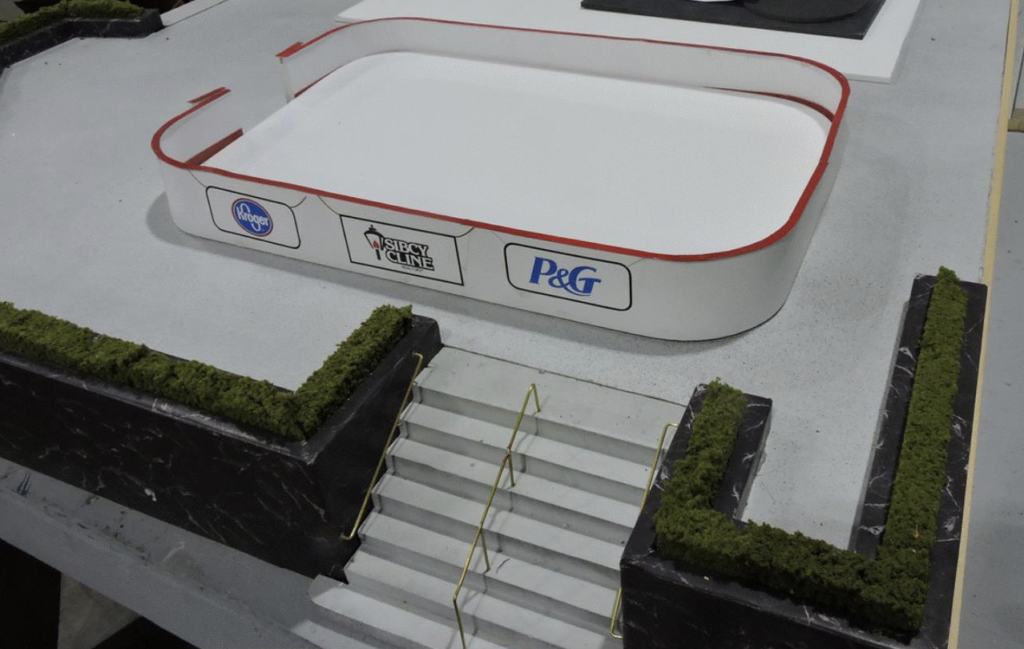
Figure 2 has the rink moved out of the way to show the cavity below it, which is to hold the mechanism that will move the skaters on the rink surface above it. The cavity is about 16×10½x3 inches in size. That sets the limits for how big the mechanism can be.
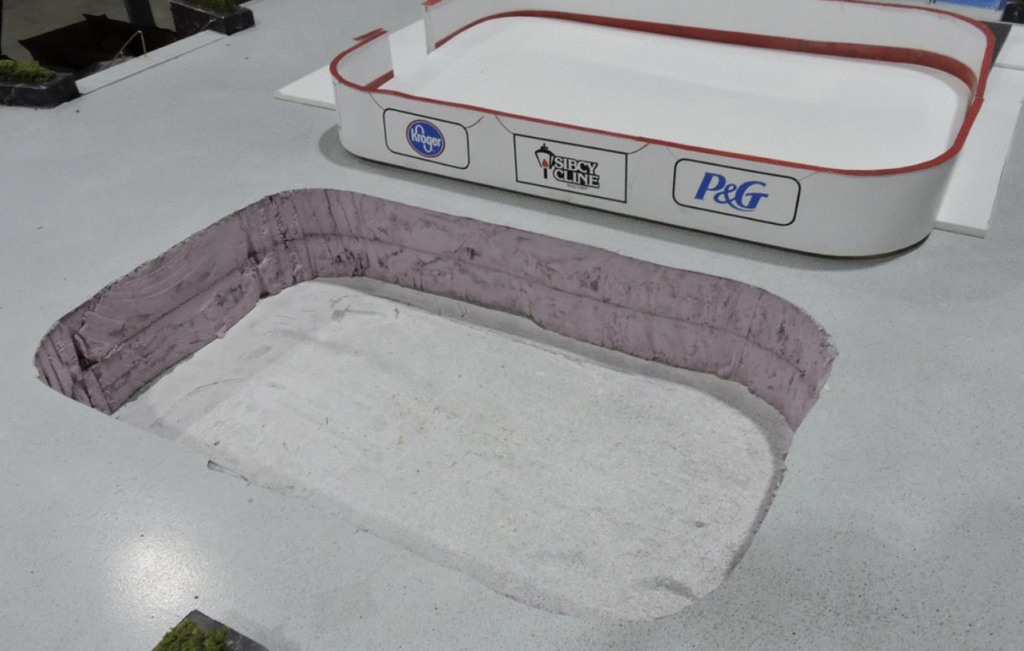
The challenge for this project was to devise a mechanism for moving the skaters with magnets from below the “ice” surface so that their movements would be more varied than a simple circle and using more of the length of the rink than a simple circle would provide. A simple turntable would provide circular motion only, but a turntable that moves along the length of the rink would use more of the ice. Further, depending on the relative motion of the turntable and of the trolley on which the turntable moves back and forth, the motion of points near the outer edge of the turntable could provide very interesting paths traced on the surface of the ice. The details of that will be covered in a future article, so, by all means, stay tuned for that.
To achieve the random-appearing motion would require two drive motors, each operating at a different (and adjustable) rotational speeds. Figure 3 shows the mechanism base, cut to fit the cavity in the rink’s base. Note the handles at each end to allow easy installation and removal. The two wooden bars are tracks used to keep the trolley moving along only its required path. At the left is the trolley drive gear-motor with its rotating actuation arm. In the center are the two motor speed controls with their adjustment potentiometers on the brass bracket.

Figure 4 shows the underside of the trolley. Its structure is a repurposed part of the base of the rink that had been cut out. The black wheels provide the low-friction vertical support for the trolley in its back and forth motion. The bearings mounted on the beams are rollers that run on the sides of the tracks on the mechanism base to keep the trolley aligned. These are necessary, because the push-rod that is attached to the motor arm applies side forces to the trolley that would otherwise skew it in the cavity. The three nuts and bolts are used to attach the lazy-Susan, which supports the turntable at the needed height above the trolley. One corner of the lazy-Susan is unsupported to avoid interference with the side-to-side motion of the push rod.
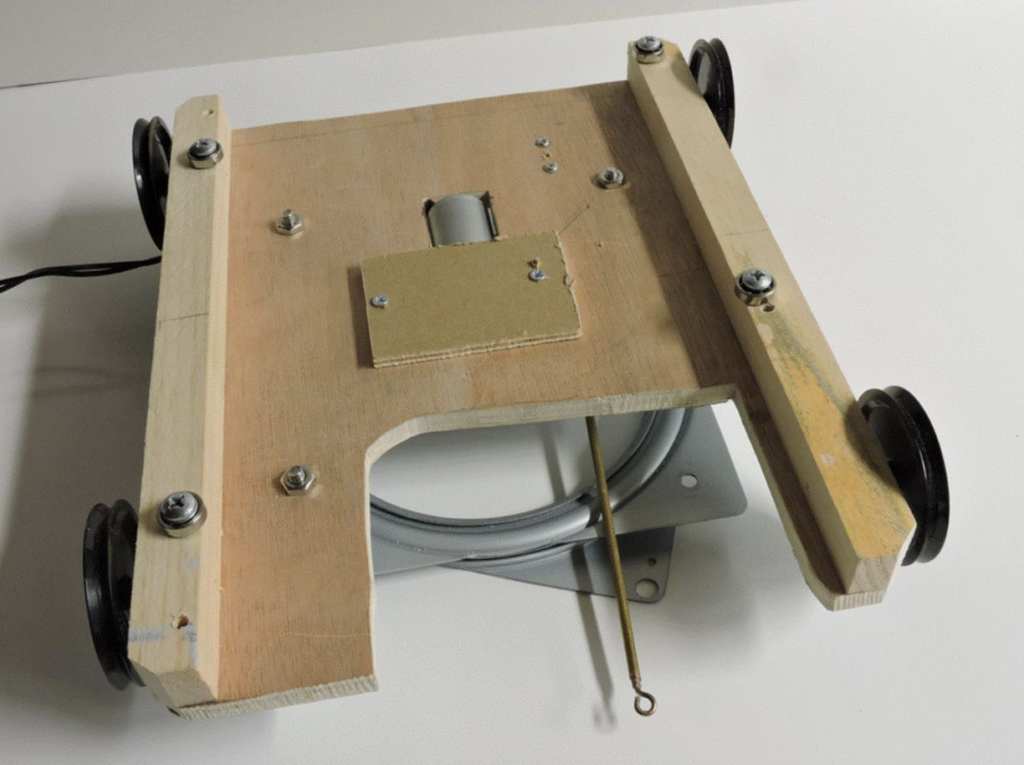
Figure 5 shows the entire mechanism with the exception of the turntable surface. The turntable driving gear-motor, mounted to the trolley, is visible through the opening in the lazy-Susan. The lazy-Susan transfers the loads from the turntable into the trolley, so the motor shaft sees only the rotational resistance from the turntable, no side forces or bending moments. Note the push rod attached to the trolley motor arm at one end and a solidly mounted bracket on the trolley at the other end.
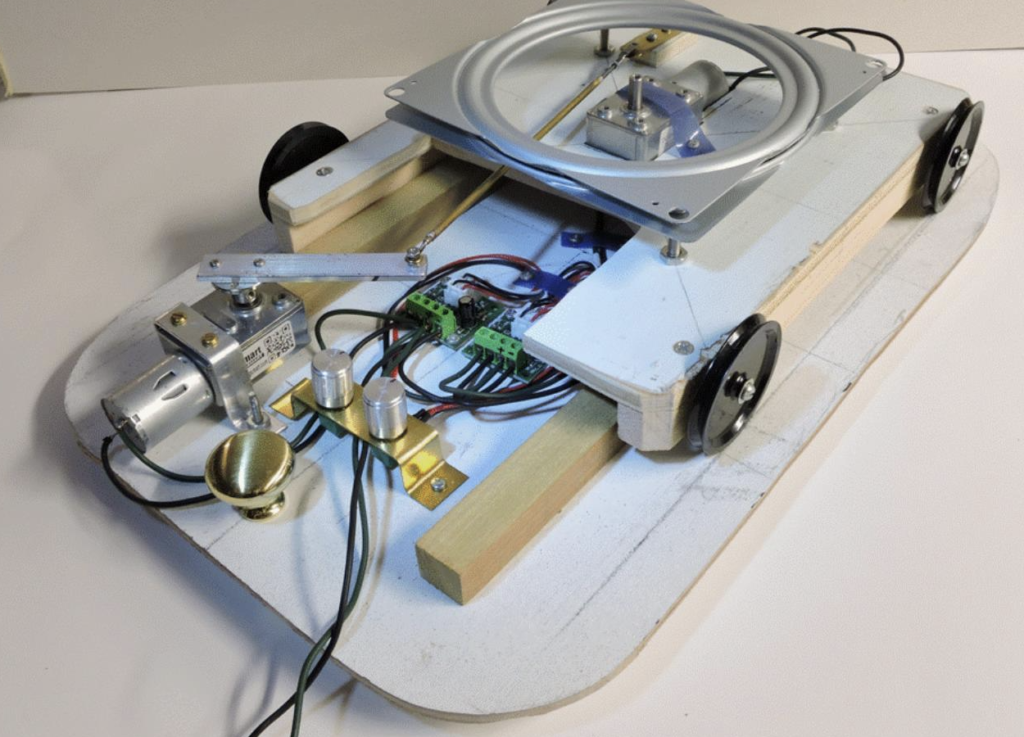
Figure 6 shows the mechanism with the turntable installed. In the final assembly, the turntable will be screwed to the lazy-Susan.
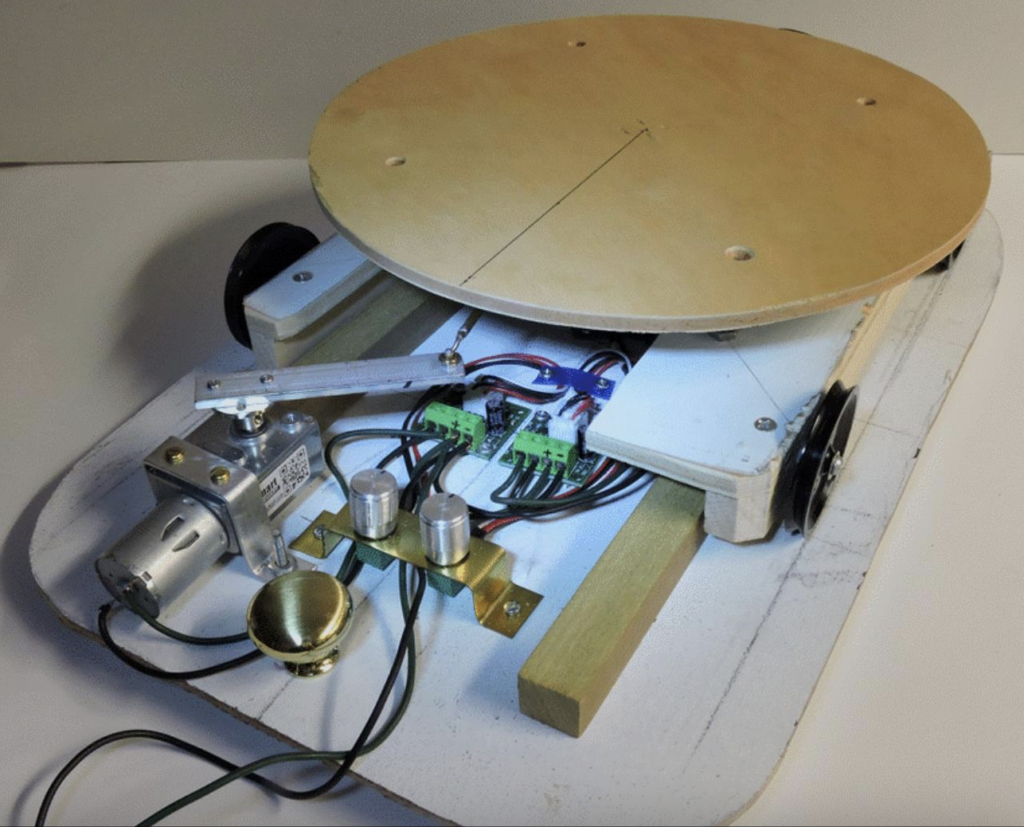
Figure 7 shows the mechanism in the cavity.
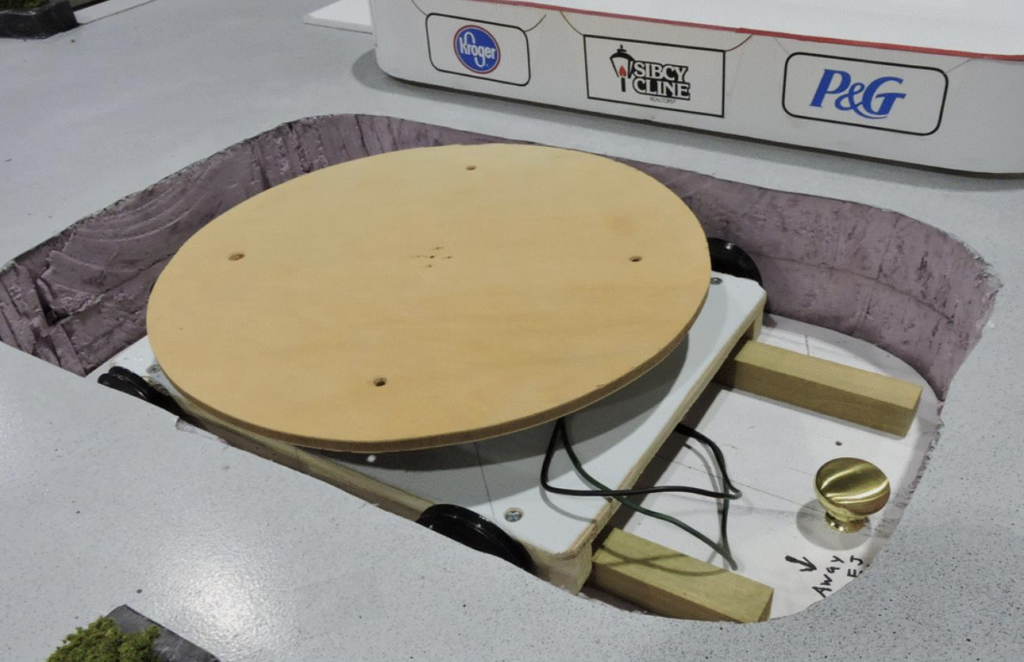
That completes the first part of the project’s challenge: the drive system. Perhaps the more difficult part will be how to make the skaters follow the magnets that will be mounted on the turntable. Not only, do they need to move, and do so smoothly, but they also need to be facing in the direction of their motion. That latter may require a significant bit of experimentation and learning, which have yet to be done. I’ll leave the details of skater motion for a future article, when, hopefully, we’ll have the needed solutions. So, stay tuned, what develops should be interesting.
© September 2021 Tom Bartsch
MVGRS Big Train Project Coordinator

 Tickets
Tickets Parties
Parties Shop
Shop Directions
Directions